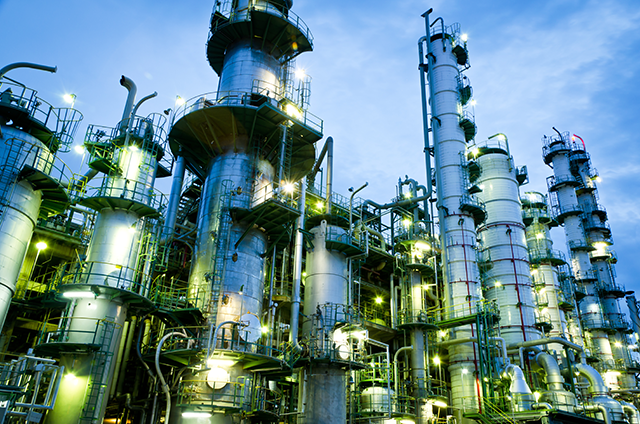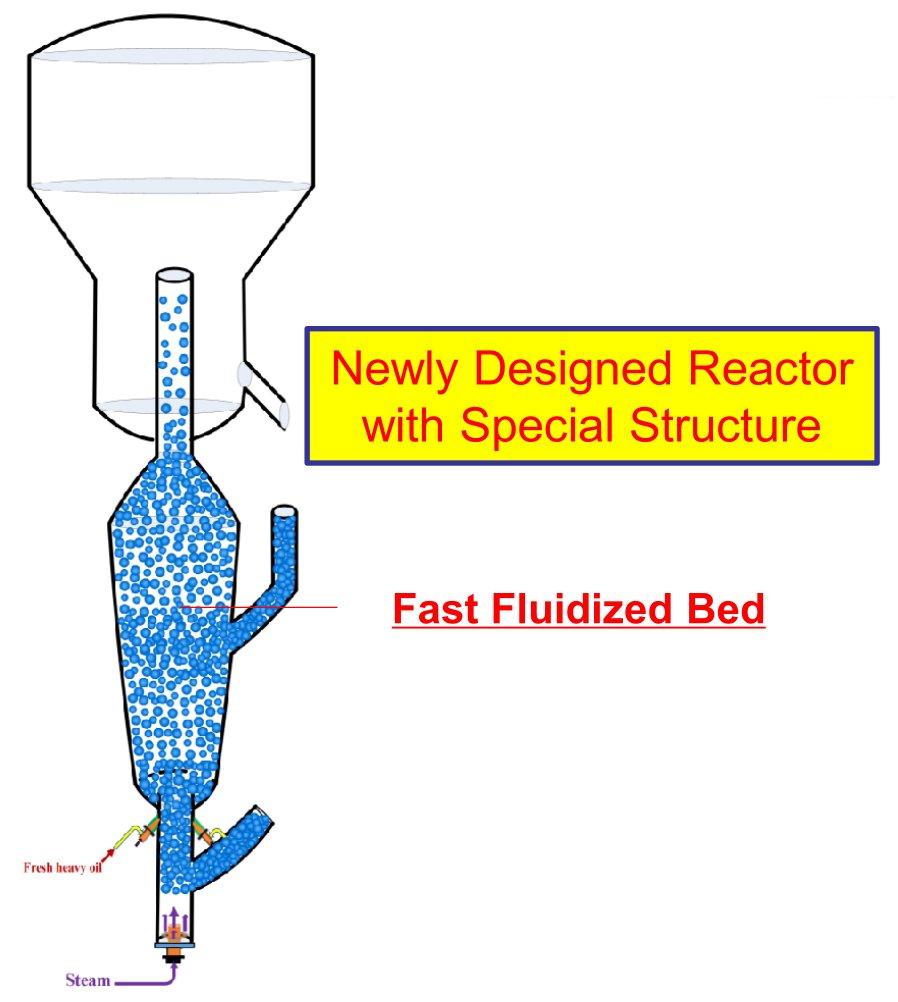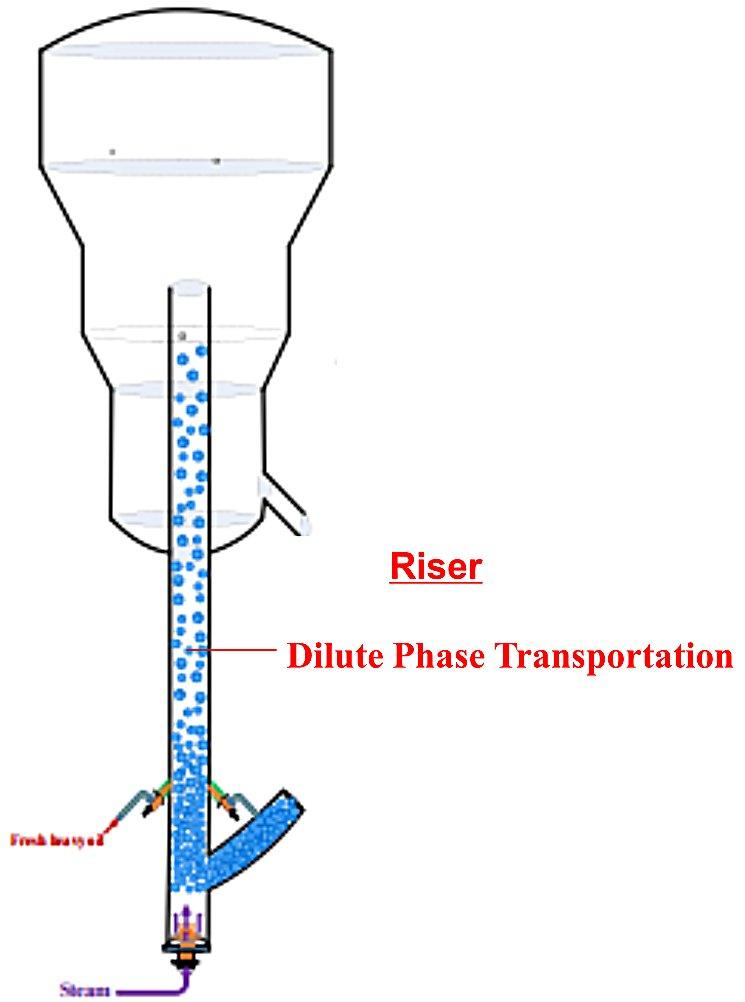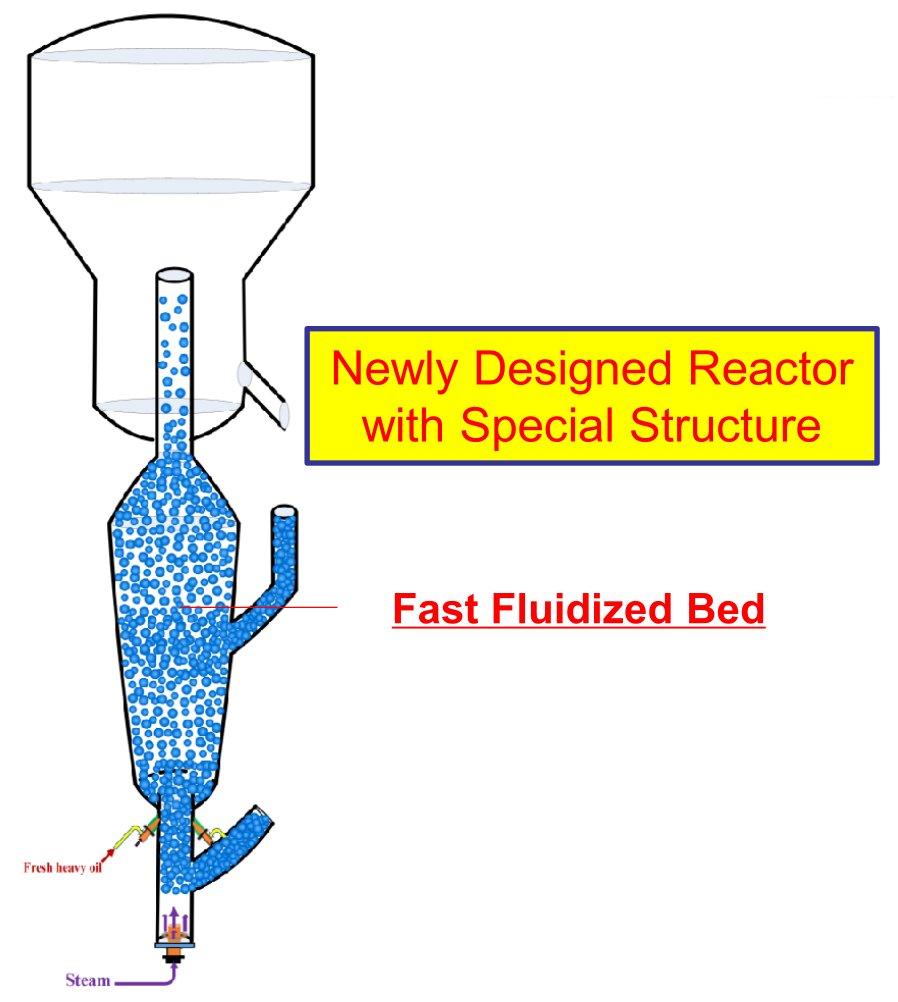Technology optimized for propylene production
RTC/DCC‑pro™(whereby RTC stands for Residue-To-Chemicals and DCC stands for Deep Catalytic Cracking) is RIPP’s latest heavy‑oil catalytic cracking technology based on the DCC Platform (Fig.1), optimized for conversion of residue as the feed to produce higher propylene and ethylene yields at very large single‑train scales.
Figure 1 - DCC Platform
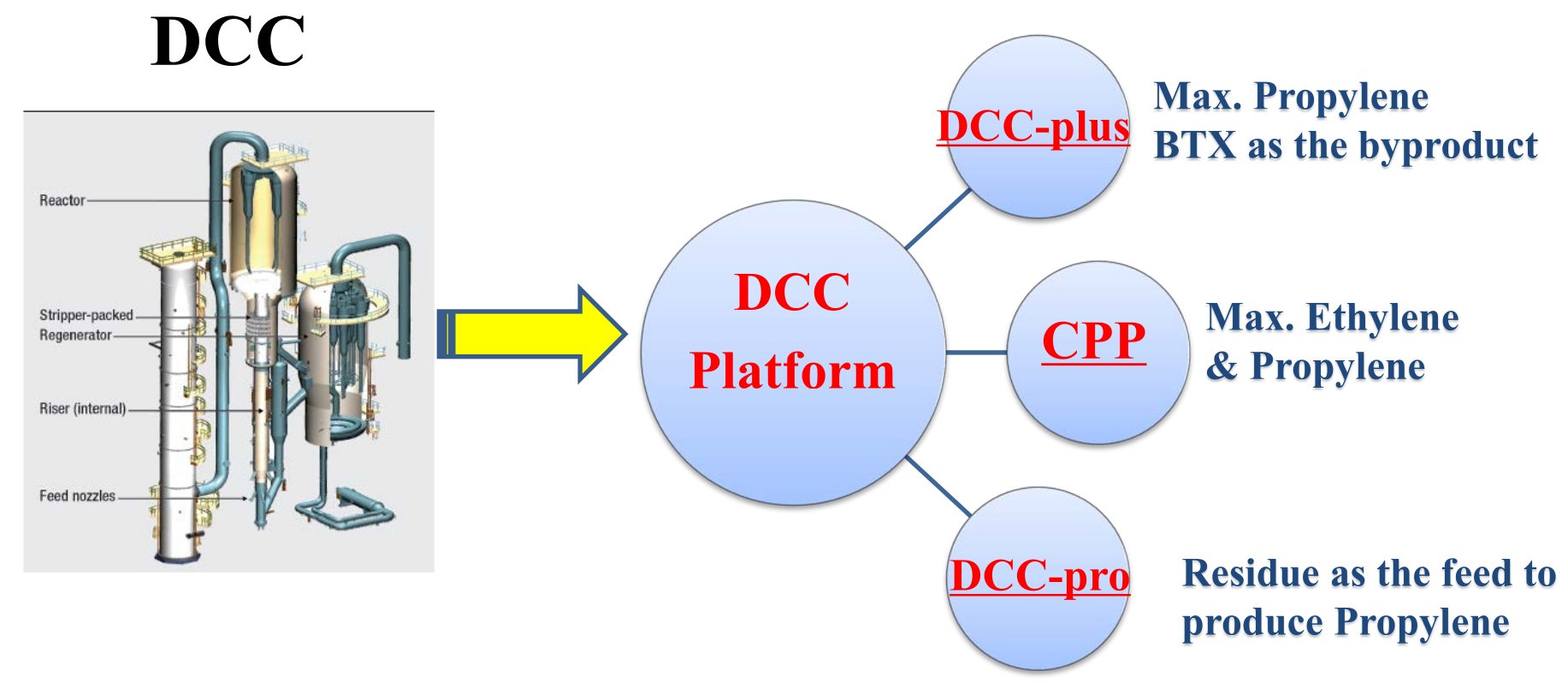
Reactor design innovation
DCC-pro (RTC) makes use of a new reactor design (Fig. 2) with:
- Higher catalyst concentration improving catalyst and oil molecular contact.
- Constant gas phase velocity (v), strenghthening diffusion and mass transfer, achieving stable fluidization state in the whole reactor.
- Uniform reaction temperature (T) with ΔT < 8°C across the reactor allowing for controlling thermal cracking reactions into H2/CH4 and increasing catalytic cracking reactions into propylene.
Figure 2 - DCC-pro reactor (left) vs. DCC reactor (right)
Optimized process yields
Table 1 presents the outcome of a DCC case study by revamping a DCC-1 plant with a capacity of 650,000 tonnes per year into a DCC-pro plant with a feed diet consisting in 50% hydrotreated resid and 50% hydrotreated vacuum gasoil.
Table 1 - DCC Pro case study: Capacity *
| Items |
DCC-I |
DCC-pro |
| Product (wt%) |
Before revamp |
After revamp |
| Off-gas |
Base |
-0.23 |
| Ethylene |
Base |
+0.49 |
| LPG (C3/C4) |
Base |
+3.68 |
| Gasoline |
Base |
-1.93 |
| LCO |
Base |
-0.89 |
| Slurry |
Base |
-0.52 |
| Coke |
Base |
-0.56 |
| Propylene Yield (%) |
Base |
+2.56 |
| C3=/LPG (%) |
Base |
+2.67 |
*For each tonne of chemicals (Ethylene+Propylene),
CO2 emissions are reduced by 19.98%
Public Chinese sources provide several data points for Anqing’s RTC (DCC‑pro) olefin yields:
- A March 12, 2025 Sinopec News feature on RTC at Anqing reports two operating modes.
- In “chemicals mode,” ethylene yield is 4.34 wt%, propylene yield is 19.14 wt%, and combined low‑carbon olefins and light aromatics selectivity is about 50%.
- In “gasoline mode,” gasoline yield is 36.9% while propylene can still reach about 15 wt%.
- An Oct 13, 2025 finance/industry article summarizing RTC indicates for the 3.0 Mt/y Anqing RTC train: about 130 kt/y (4.33 wt%) ethylene and 550 kt/y (18.33 wt%) propylene annually, implying propylene on the order of the high‑teens wt% depending on actual operating days and feed; the piece emphasizes “maximize chemicals, minimize fuels” operation.
DCC-pro advantages
DCC-pro presents the following advantages:
- Higher ethylene & propylene yields,
- Higher ethylene & propylene concentration in the product gas,
- Lower coke yield and good selectivity,
- Lower off-gas (H2, CH4) yield,
- Lower CO2 emission from coke and methane burning,
- Improved gasoline properties (increased RON & aromatics, lower olefins
Commercial Experience
DCC-pro is designed by SEI, and licensed by RIPP.
On June 29, 2023, the world's first 3 million tonnes/year RTC device was successfully put into operation at Anqing Petrochemical and in August 2025, a 3.2 million tonnes/year RTC plant was commissioned at CNOOC Daxie refinery.
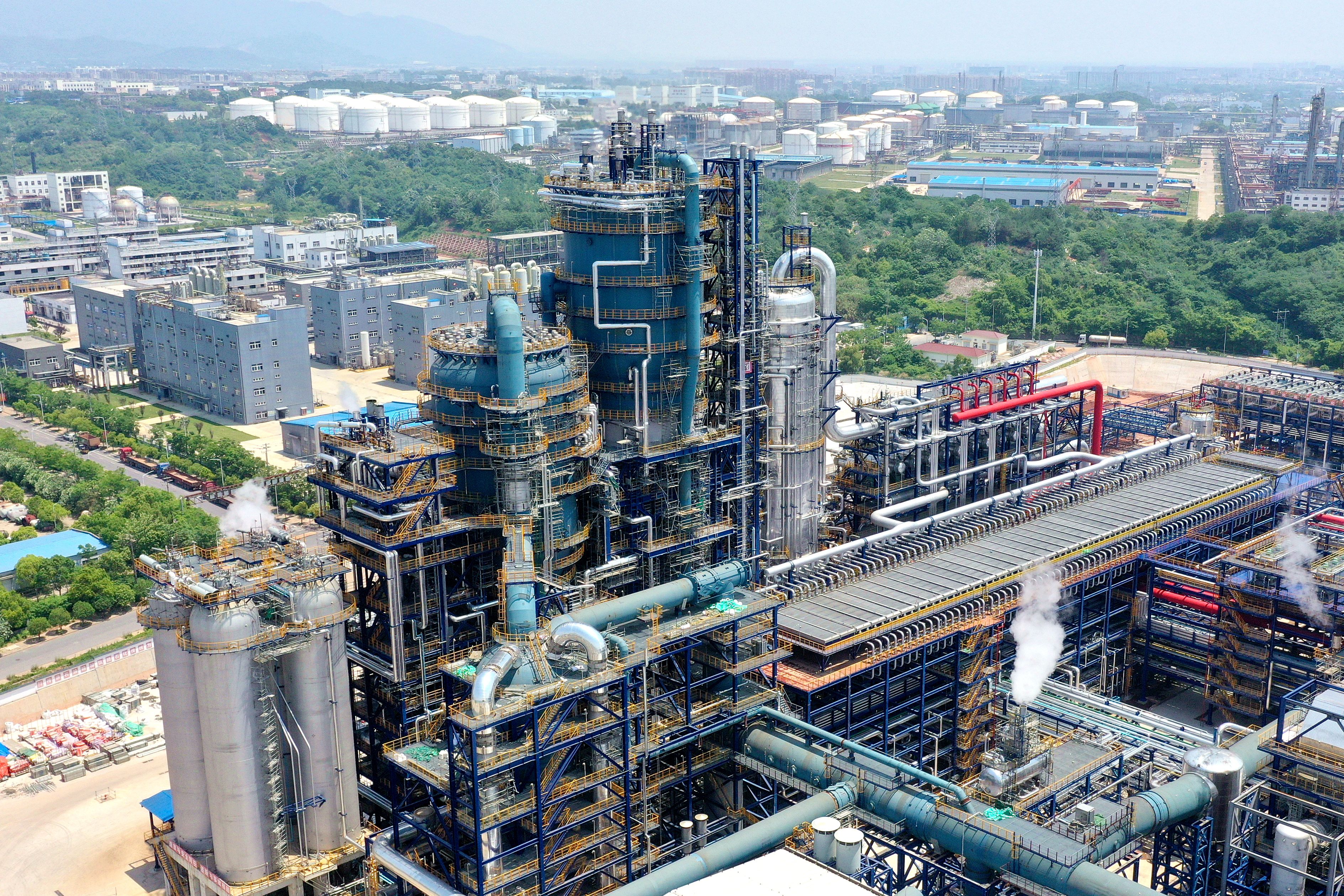 |
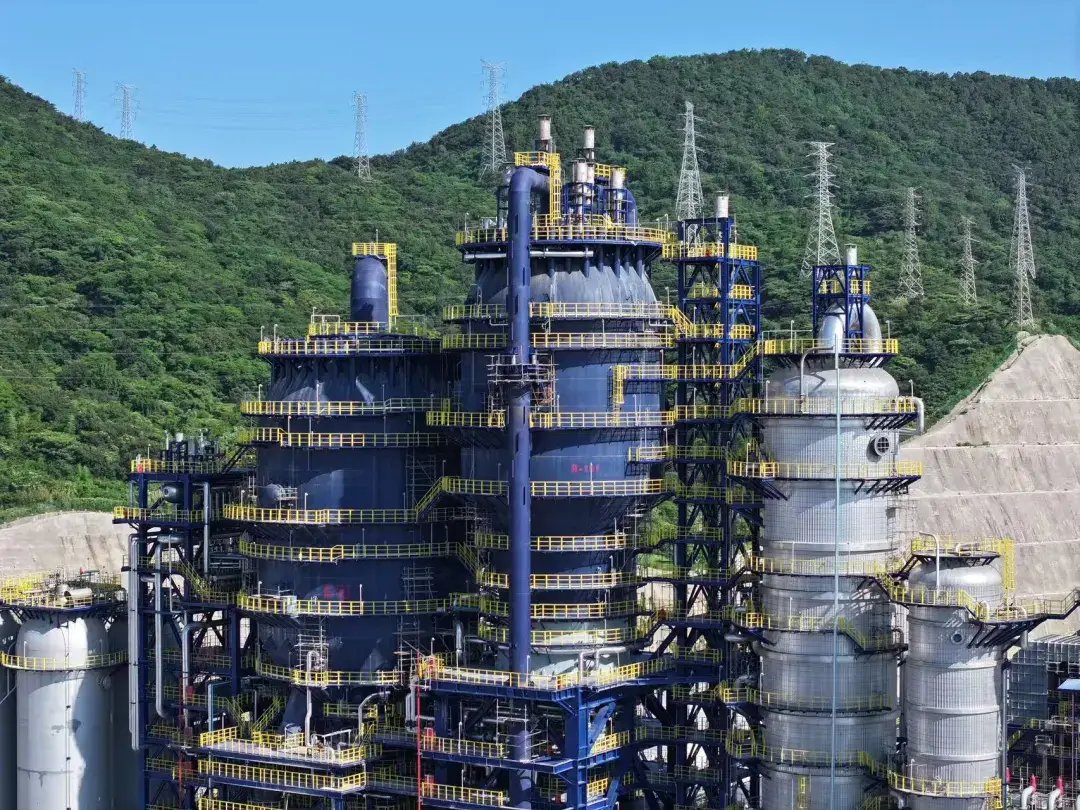 |
| Left: SINOPEC Anqing's 3.0 Mt/y RTC Plant |
Right: CNOOC Daxie's 3.2 Mt/y RTC Plant |
References
- Jinquan Zhu, Shi Shou. Aug 16, 2021. DCC Technology. Fluid Catalytic Cracking Technology Department, SINOPEC RIPP.
- Guangzhou Cuiying Chemical Technology Co, Ltd. Jul 06, 2023. The world's first 3 million tons/year RTC process heavy oil catalytic cracking device was successfully launched.
- RIPP Sinopec. Aug 25, 2023. Nes Release: Sinopec Research Institute's RTC Technology Selected for Ministry of Industry and Information Technology's “Catalogue of Technologies and Products Encouraged for Promotion and Application in the Petrochemical Industry”.
- Sinopec. Mar 12, 2025. News Release: “Refining Coarse Grains” for Efficient Utilization of Low-Quality Heavy Oil.
- China Chemical Information Weekly. Oct 13, 2025. “Oil Conversion” Looking for a new track.


